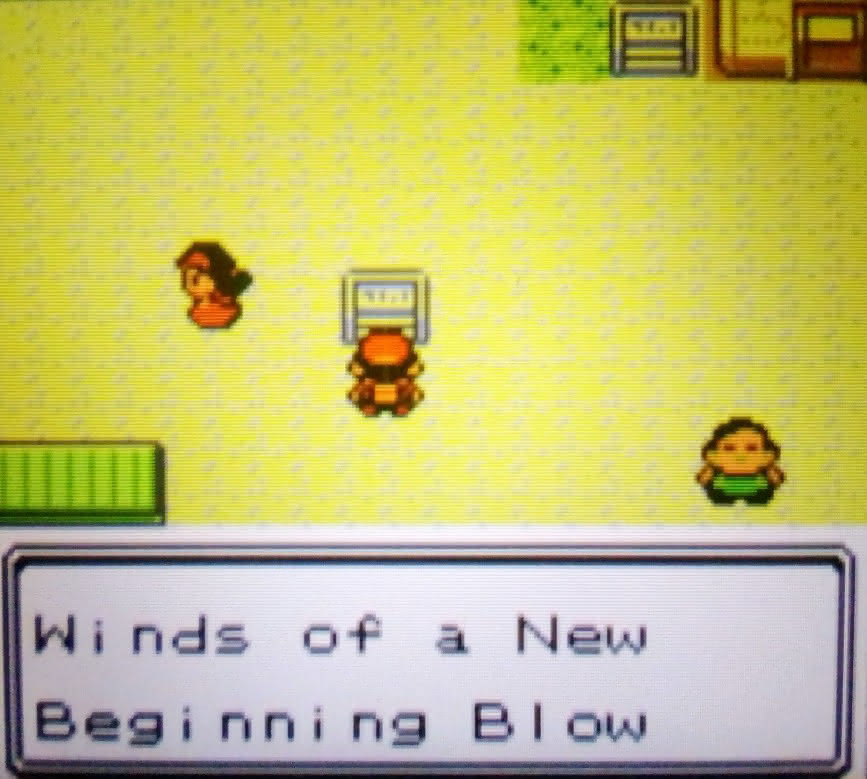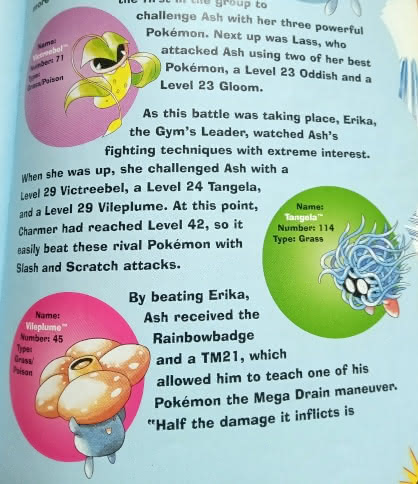I came across a translation of a 2000 interview with Ken Sugimori, the art director and lead character designer for Pokémon. You can read the full interview in English courtesy of Shmuplations. The interview is well-worth reading in full, but one line about his appreciation of the Game Boy struck me as particularly interesting:
I also love the limited color palette of the Game Boy, and I really hope that kind of game console doesn’t fade away. I feel like we’ve sort of exhausted the possibilities for Pokémon on the Game Boy, and we will have to bring future entries to other hardware, but I hope there will always be a portable handheld device like the Game Boy for people to enjoy.
Ken Sugimori (tr. by Shumplations)
At the time of the interview, two sets of mainline Pokémon games had been released in Japan. Pokémon Red and Green were released in February 1996, succeeded by Blue and later Yellow. Pokémon Gold and Silver, the second generation Pokémon games, were released in Japan in 1998. Americans had to wait a bit longer for Gold and Silver, I wrote about receiving my copy of Gold shortly after its North American launch in October 2000.
Pokémon Red, Green, Blue, and Yellow were made for the original monochrome Game Boy, but they all had color support with the Game Boy Color (Yellow had notably more color support than the original entries).

Pokémon Gold and Silver were created exclusively for Game Boy Color, and had a much richer set of colors.

One might think that Mr. Sugimori, who created many beautiful water color concept drawings of the original Pokémon and was behind much of the memorable Pokémon card art, would have felt constrained by the limitations of the Game Boy and Game Boy Color.

Yet here, he stated that he “love[d] the limited color palette of the Game Boy.” That is, something uniquely aesthetic could be made within its restraints.
Mr. Sugimori recognized that the Pokémon series had reached its limit on Game Boy – Pokémon Gold and Silver pushed the Game Boy Color to its limits. Yet, even though Pokémon would have to move on to more powerful hardware, Mr. Sugimori hoped that consoles with Game Boy’s limited color selection and pixel art would have a future.
The Game Boy Color was succeeded by the significantly more powerful Game Boy Advance, on which the next generation Pokémon games were released. Game consoles, including handhelds became progressively more powerful. Today, the handheld gaming market is dominated by the Nintendo Switch – which doubles as a traditional console that can be played with a television.
Despite the advances in technology, however, there has been renewed interest in the Game Boy. Mr. Chris Maltby created GB Studio, fully free and open source software for creating Game Boy games that can actually be played on original hardware. GB Studio, in conjunction with interest in the Game Boy generally, has led to there being a growing number of free and commercial indie Game Boy games (see selection on Itch). While there has been no shortage of third party consoles that can play Game Boy games, the Analogue Pocket, which plays Game Boy ROMs and original cartridges, was announced to a bit of fanfare.
More than two decades after Mr. Sugimori expressed his hope that there would continue to be systems like the Game Boy, there is renewed interest in creating games within the confines of Game Boy’s limitations. While there are many factors driving the niche trend that go beyond aesthetics – there would not be any interest at all if there were not many game designers and fans who, like Mr. Sugimori, appreciate the unique Game Boy and Game Boy Color aesthetic.